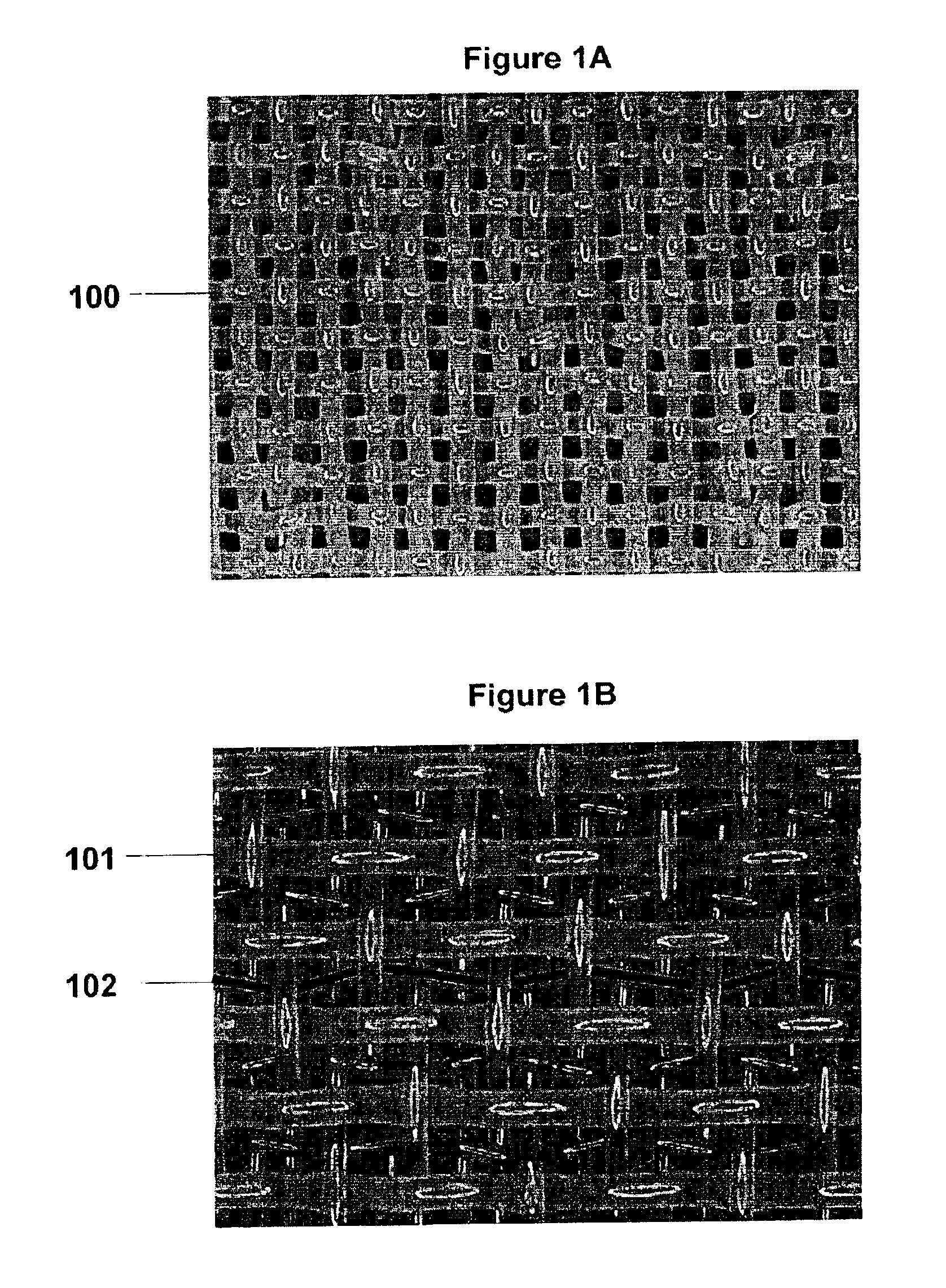Multi-layer papermaker's fabrics with packing yarns
a multi-layer, yarn-based technology, applied in the field of papermaking arts, can solve the problems of short fabric life, short fabric life, and short fabric life, and achieve the effect of reducing the void volume of the fabric without significantly disrupting the air permeability, increasing the cd stability and seam strength of the fabric, and increasing the caliper of the fabri
- Summary
- Abstract
- Description
- Claims
- Application Information
AI Technical Summary
Benefits of technology
Problems solved by technology
Method used
Image
Examples
Embodiment Construction
[0029]The present invention is a multi-layer papermaker's fabric, usable in the forming section of a paper machine, having a top layer and a bottom layer of cross-machine direction (CD) wefts. The top (forming) layer and bottom (wear side) layer are woven together to form a multi-layer fabric. CD packing yarns are inserted between adjacent wear side weft yarns. The packing yarns effectively reduce the fabric's absolute void volume while not significantly impacting the drainage properties of the fabric. A significant advantage of this fabric is increased vacuum efficiencies on the wet end of a paper machine. The packing yarns accomplish this by filling some of the void on the wear side of the cloth without significantly disrupting the air permeability or increasing the caliper of the fabric. The placement of the packing yarns also adds to the CD stability and seam strength of the fabric and reduces the lateral movement of the wear side weft yarns.
[0030]Multi-layer forming fabrics exi...
PUM
 Login to View More
Login to View More Abstract
Description
Claims
Application Information
 Login to View More
Login to View More - R&D
- Intellectual Property
- Life Sciences
- Materials
- Tech Scout
- Unparalleled Data Quality
- Higher Quality Content
- 60% Fewer Hallucinations
Browse by: Latest US Patents, China's latest patents, Technical Efficacy Thesaurus, Application Domain, Technology Topic, Popular Technical Reports.
© 2025 PatSnap. All rights reserved.Legal|Privacy policy|Modern Slavery Act Transparency Statement|Sitemap|About US| Contact US: help@patsnap.com



